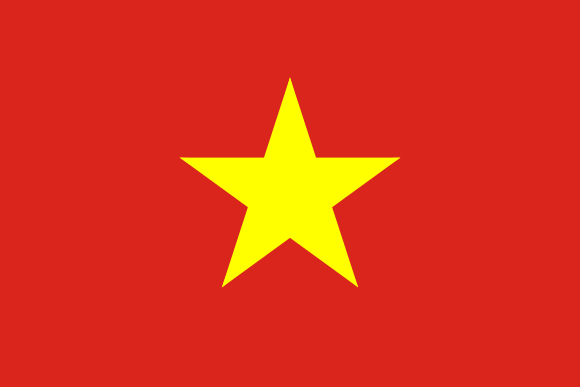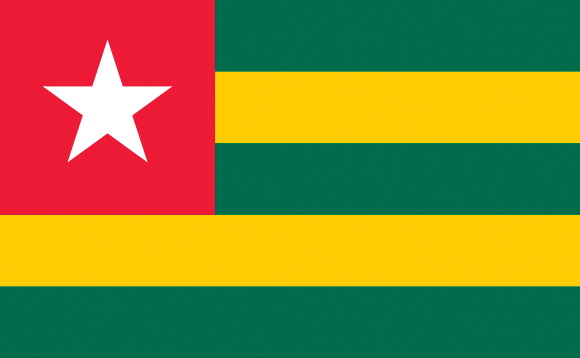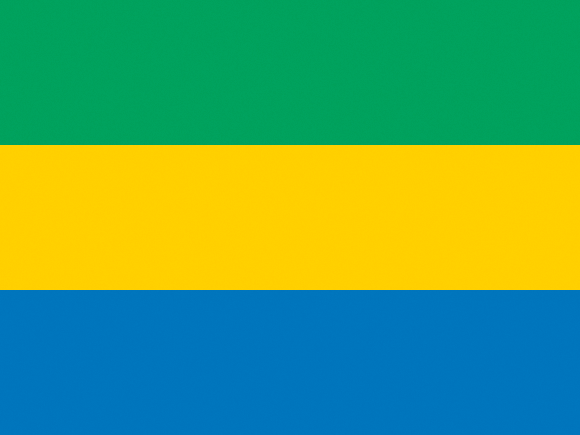Our Mission
The CITES Tree Species Programme seeks to foster economically, socially and environmentally sustainable development. It helps maximizing CITES contributions to the UN Sustainable Development Goals, notably Goal 15 as it relates to sustainably managing forests and halting biodiversity loss. The Programme aims to improve and strengthen forest governance to ensure benefit from long-term species conservation and contribute to rural development in often remote areas, sustainable economic growth at country level and long-term poverty alleviation.
Core Areas of Work
The Programme supports Parties that export valuable parts and derivatives of CITES-listed tree species by providing them direct financial assistance for taking conservation and management measures to ensure that their trade in timber, bark, extracts and other products from CITES-listed tree species is sustainable, legal and traceable. This will be achieved through improved practical and technological capacity for the development of non-detriment findings, enhanced silvicultural and ecological knowledge for the management of CITES-listed tree species, increased capacity in the identification of timber and non-timber forest products and effective information and tracking systems.

Argentina
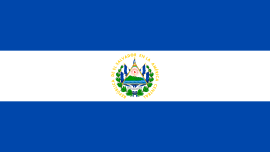
El Salvador
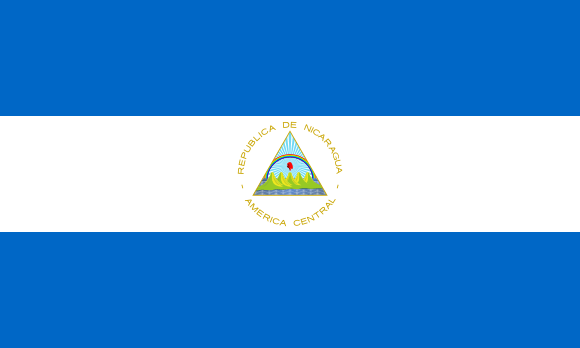
Nicaragua
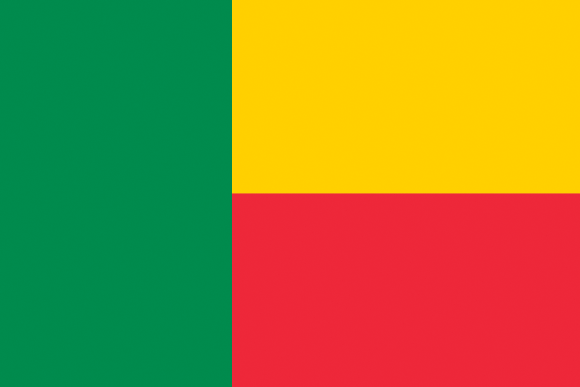
Benin
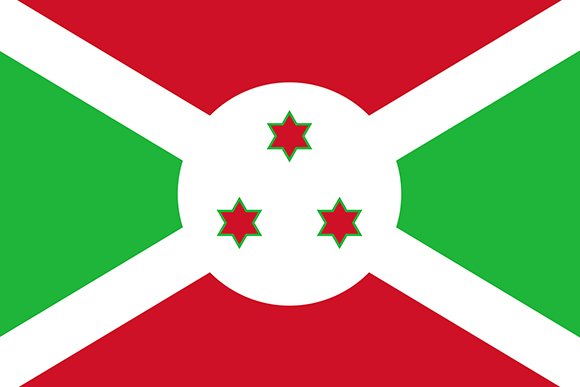
Burundi

Cameroon

Nigeria
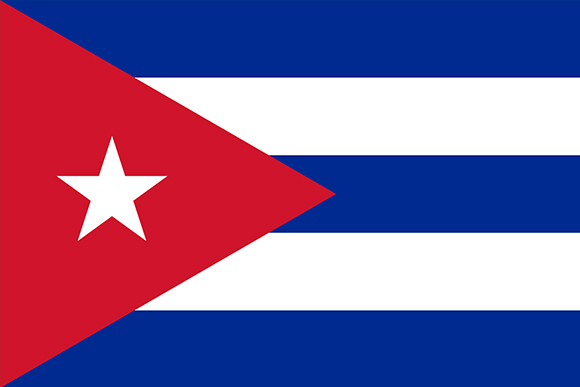
Cuba
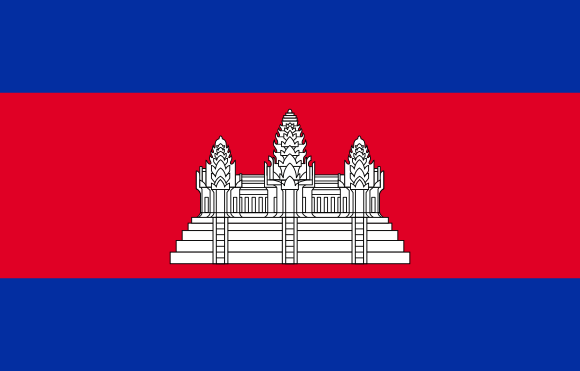
Cambodia
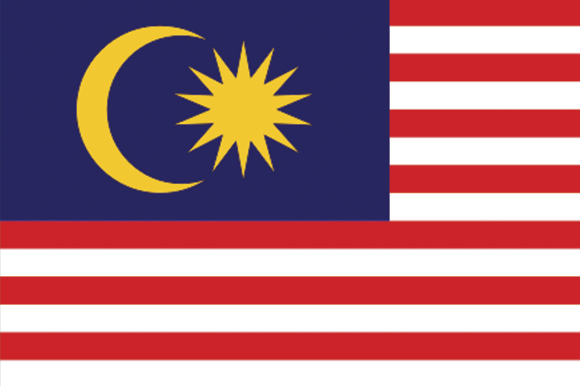
Malaysia

Cote D'Ivoire
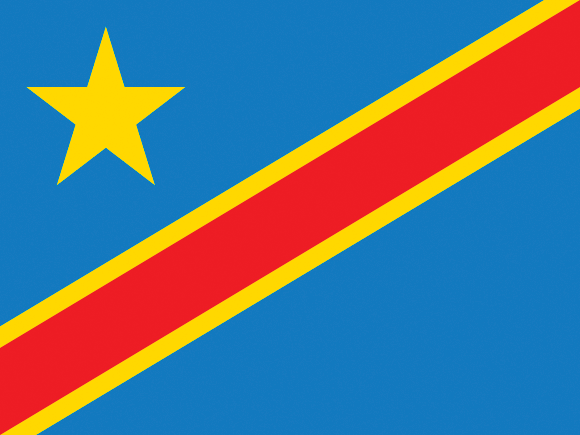
Democratic Republic of Congo

Madagascar
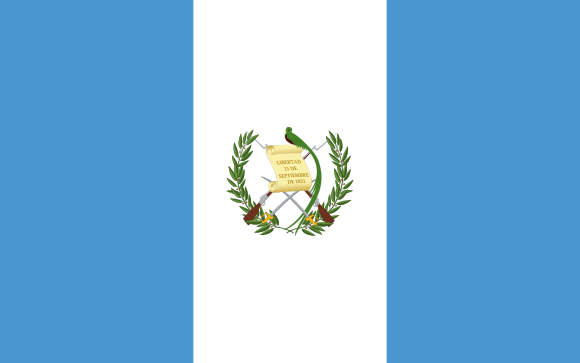
Guatemala

Indonesia
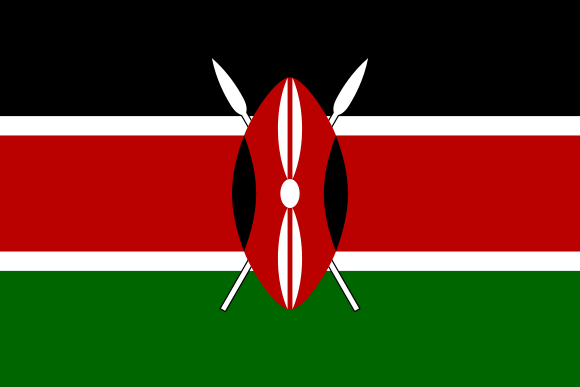
Kenya
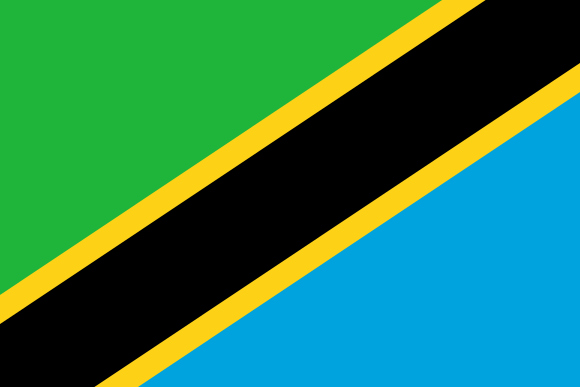
Tanzania
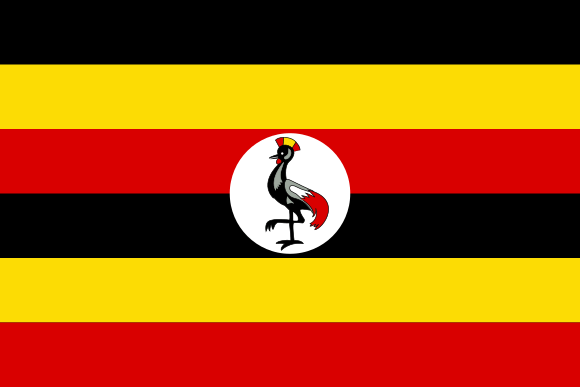
Uganda
Chronology of Agreements
Since 2017, the CITES Secretariat team has been working intensively with partner organizations and with Parties to prepare and sign numerous Agreements as shown below. The process has enriched the dialog between the Secretariat and those partners and it has certainly strengthened internal communications between national stakeholders. We all look forward to further collaboration in the years to come.
Current Target Key Species
Asia: Dalbergia cochichiniensis, Aquilaria spp., Gyrinops spp., Gonystylus spp.
Africa: Diospyros spp. (Madagascar), Dalbergia spp., Pericopsis elata, Osyris lanceolata, Pterocarpus erinaceus, Prunus africana, Guibourtia demeusei; Guibourtia pellegriniana; Guibourtia tessmannii
Central and South America and the Caribbean: Swietenia spp. (3 species), Dalbergia spp. (and notably Dalbergia nigra, D. retusa, D. granadillo, D. stevensonii, D. calycina, D. tucurensis, D. cubilquitzensis, D. glomerate, D. melanocardium, D. calderonii, D. retusa var cuscatlanica, D. funera), Platymiscium dimorphandrum, Platymiscium yucatanum, Enterolobium cyclocarpum, Lonchocarpus castilloi, Astronium graveolens, Aniba rosaedora, Bulnesia sarmientoi, Guaiacum spp.
Latest News
Towards sustainability for one of the world’s most valuable essential oils
Validation Workshop on Agarwood Report, 20-22 June 2022, Kuala Lumpur, Malaysia A meeting of experts in Malaysia has been looking at ways to make the trade in one of the world’s…
Malaysia: Guidelines for the establishment of Aquilaria malaccensis arboretum in Peninsular Malaysia
Short description of output announced and beneficiaries: The main objective in establishing an A. malaccensis arboretum in Peninsular Malaysia is to conserve the genetic diversity of…
Donors

The CITES Tree Species Programme (CTSP) is entirely dependent on donor support. The European Union has been the most important donor for the CTSP and has funded implementation in Africa, Asia, Central and South America and the Caribbean since its inception in 2017.


